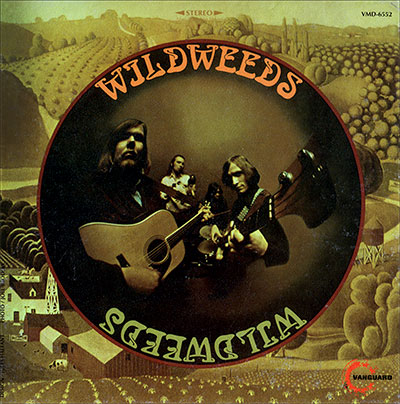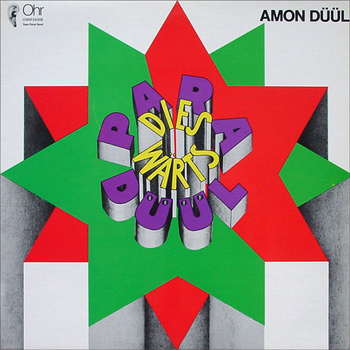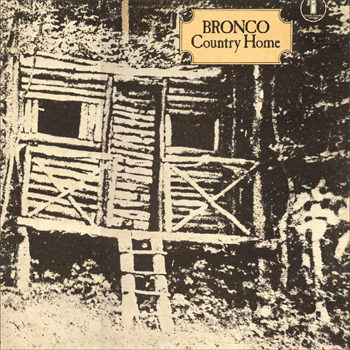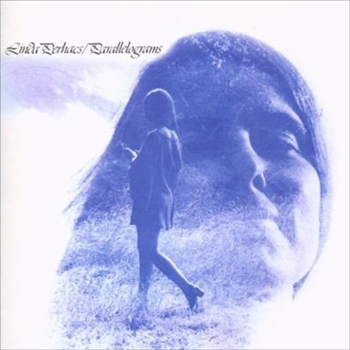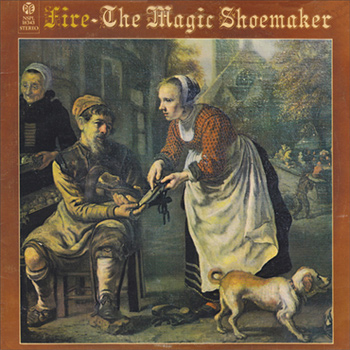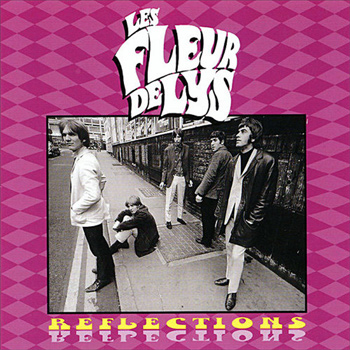Bluebird “Country Boy Blues”
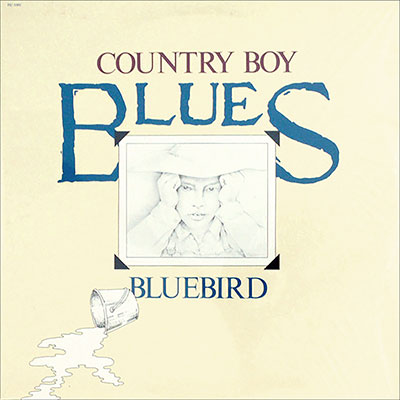
Bluebird’s only album was cobbled together from their Jerden, London and Burdette 45s but also tracks that were cut for an aborted album. The group hailed from Mercer Island, Washington and were known as one of the best folk rock/country rock bands of the Pacific Northwest. Most of the cuts on Country Boy Blues were recorded in 1969/1970 but Piccadilly chose to release this retrospective LP in 1980. I managed to pick up a copy for a respectable price but it’s extremely rare and usually sells for over $100.
This is some of the best underground country rock I’ve heard. Modessa, a lost classic, sounds like one of the best cuts from the Byrds great Untitled LP. A pro level fusion of folk rock and psychedelia, it’s Bluebird’s most popular track due to 45 release in 1971. There’s a very good rendition of I Shall Be Released, with sparkling guitar work and world weary vocals. Goin’ Down sounds like one of the David Crosby penned tracks from Notorious Byrd Brothers, with strong raga style guitar leads and a jazzy feel to the arrangement. Other good cuts are Natural Feeling, a driving country rocker with crystal clear vocals and blasts of fuzz guitar. Travelin’ Ways, equally as good, is more of the same. Bluebird, unlike their peers, never fooled around with jugband sounds or tried to sound too Nashville or Bakersfield. There’s nothing pretentious about Bluebird’s music, just talent, class and a genuine feel for the music is on full display.
Bluebird would eventually change their name to Grand Theft and record another album which sounds nothing like Country Boy Blues. When people speak of great country rock records, this band and album rarely, if ever, get a mention. Simply put, more people need to hear this great album.
![]() LP | 1980 | Picadilly | ebay | discogs ]
LP | 1980 | Picadilly | ebay | discogs ]
Billy Drake:
Goin Down:
Going to Nevada:
